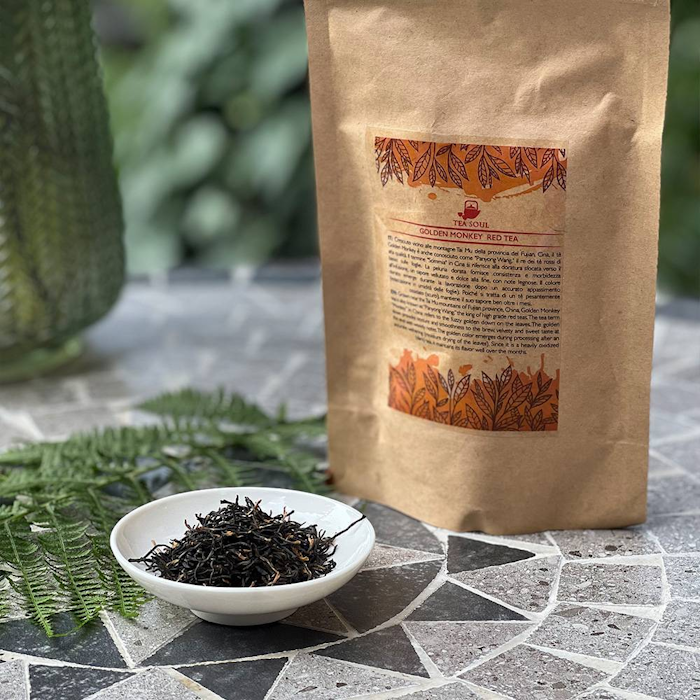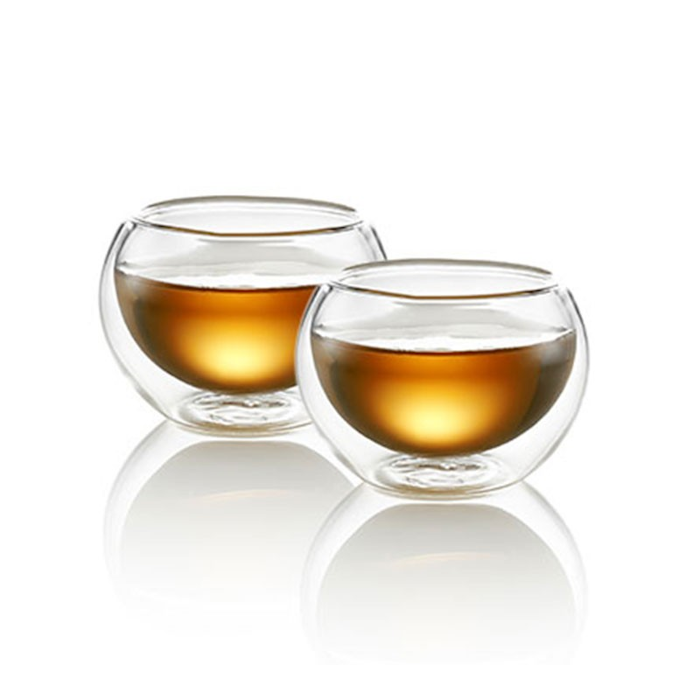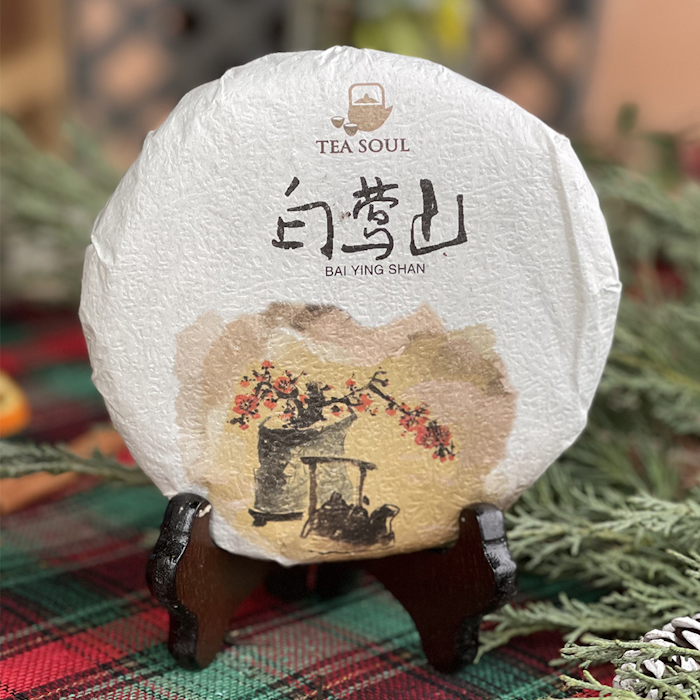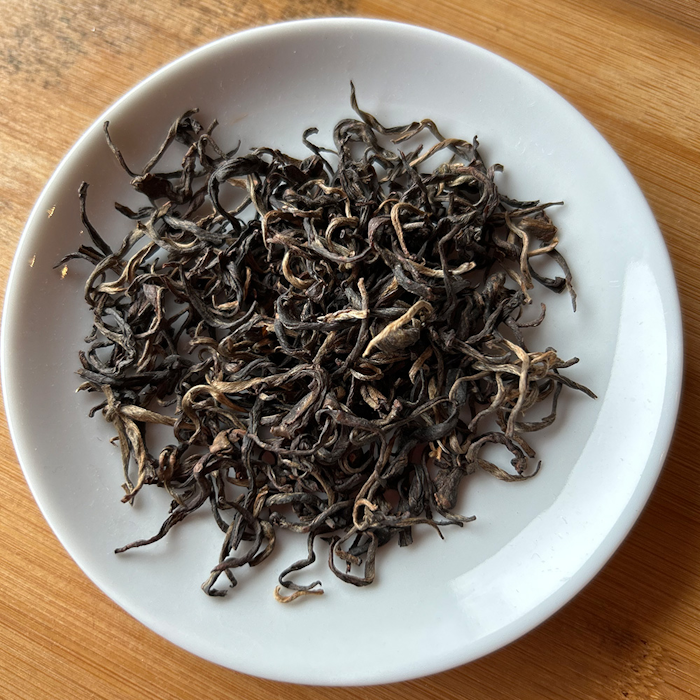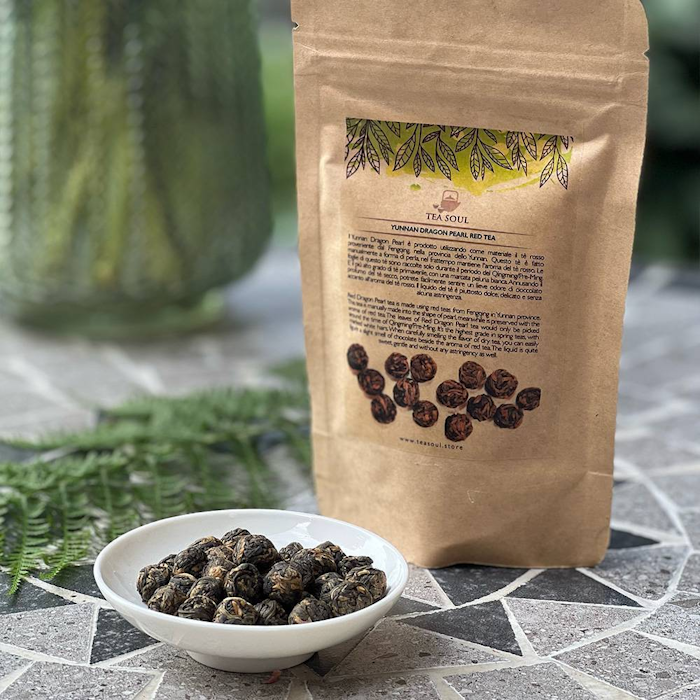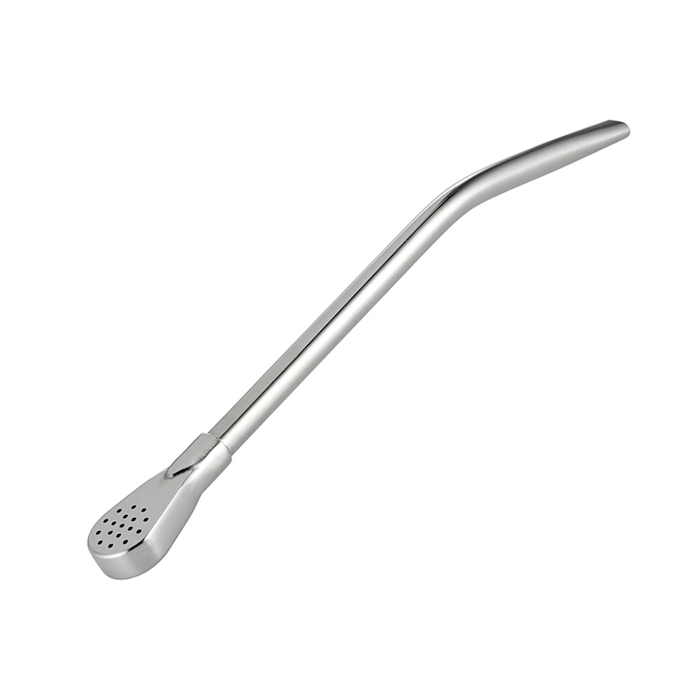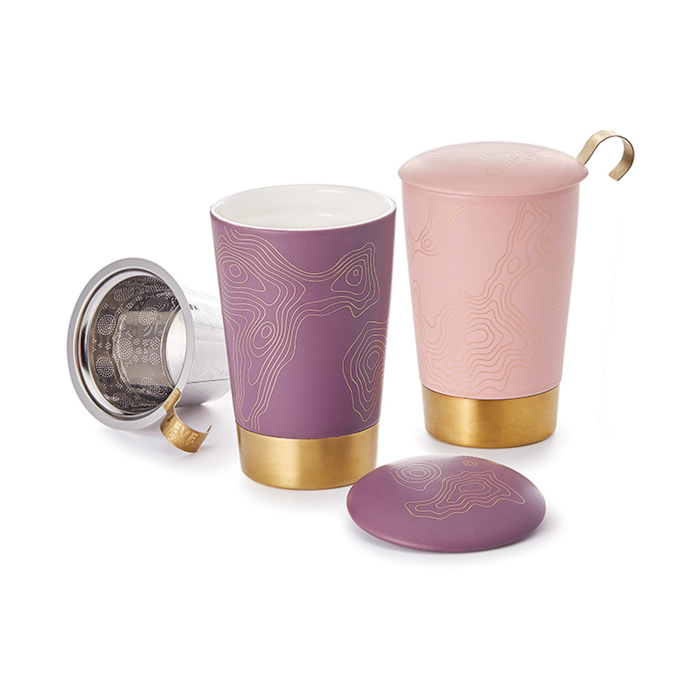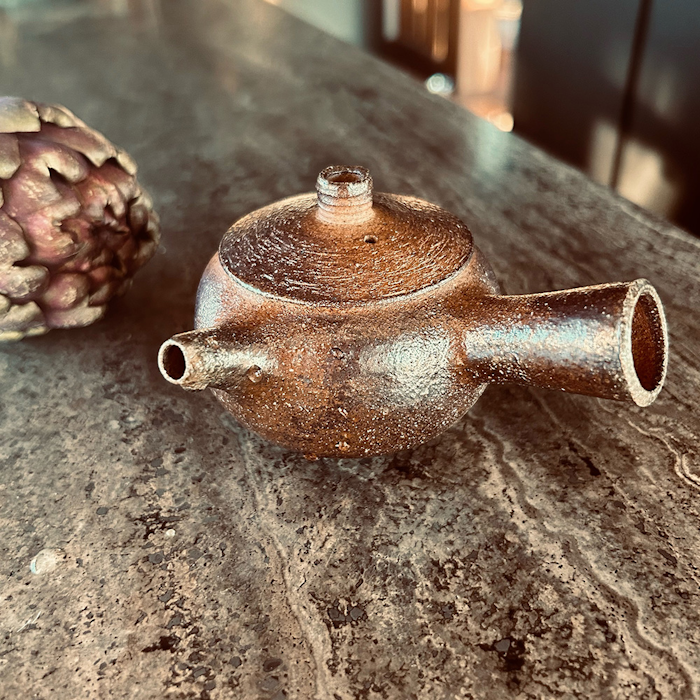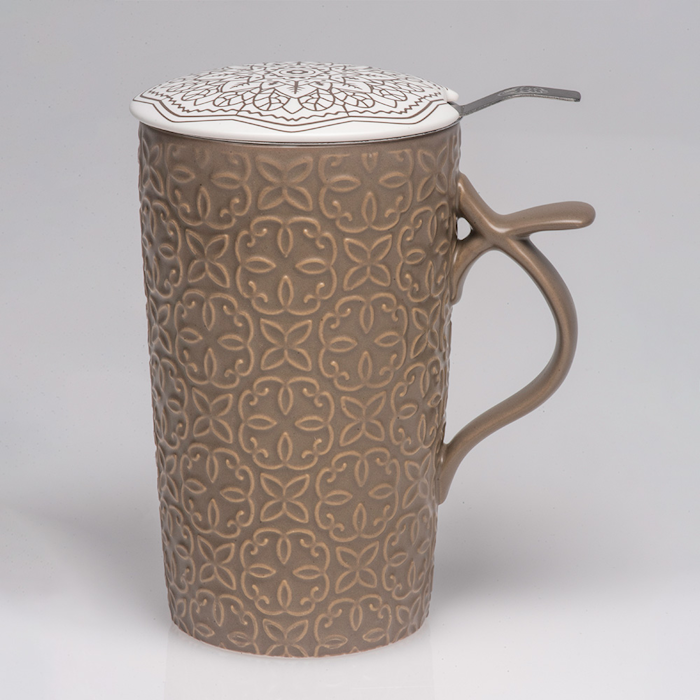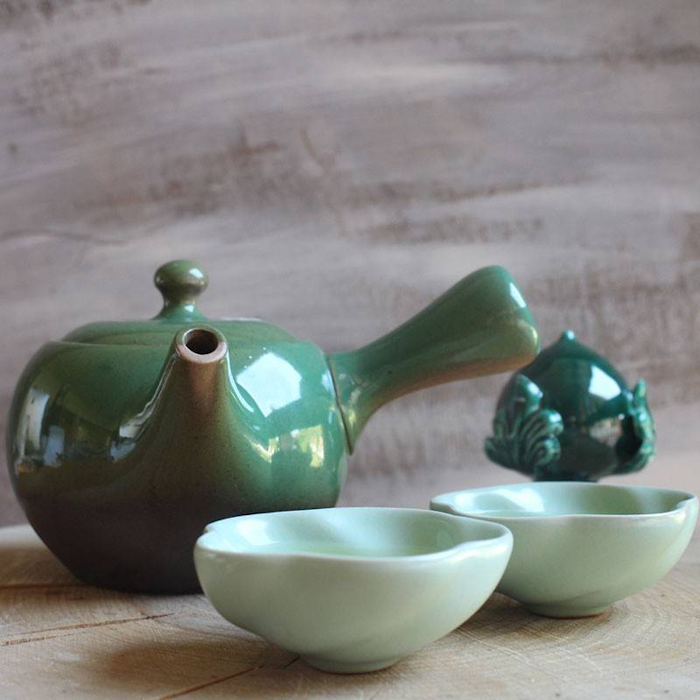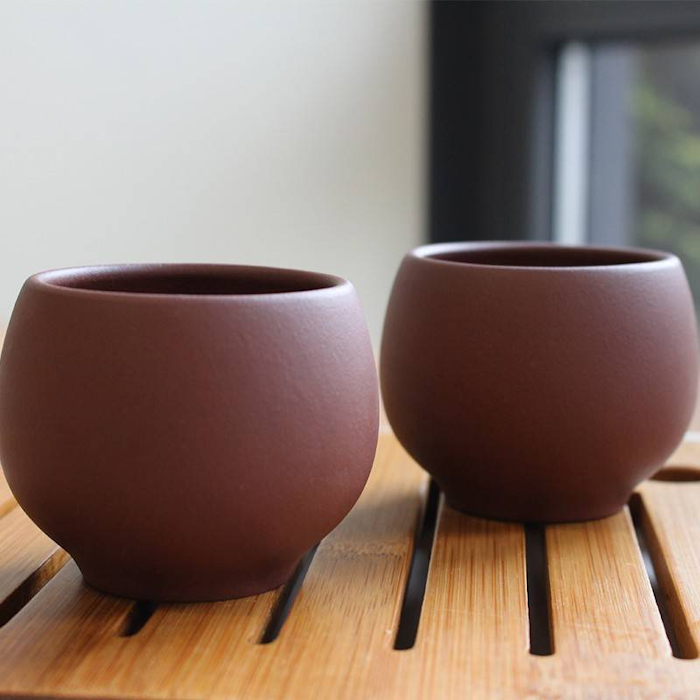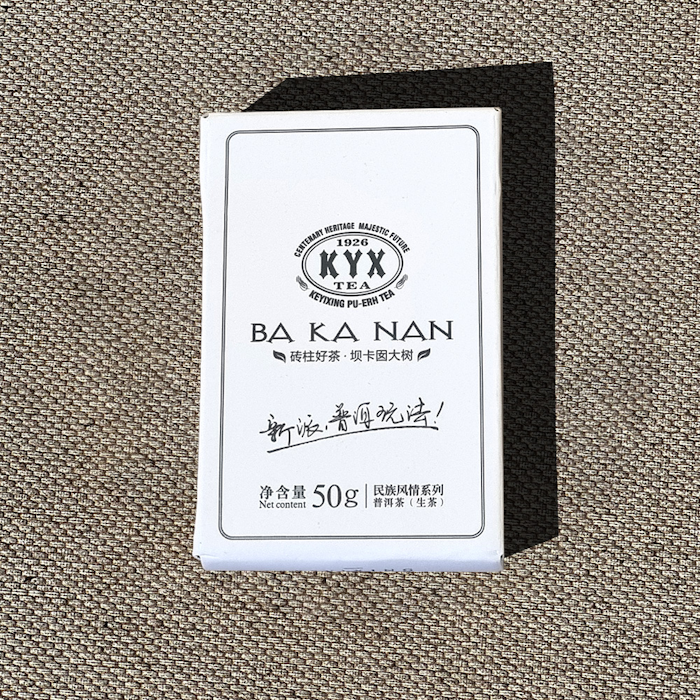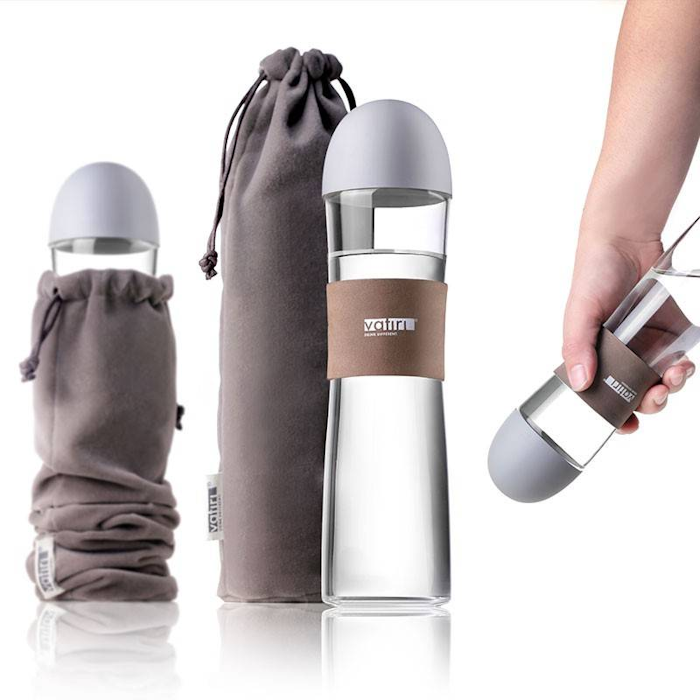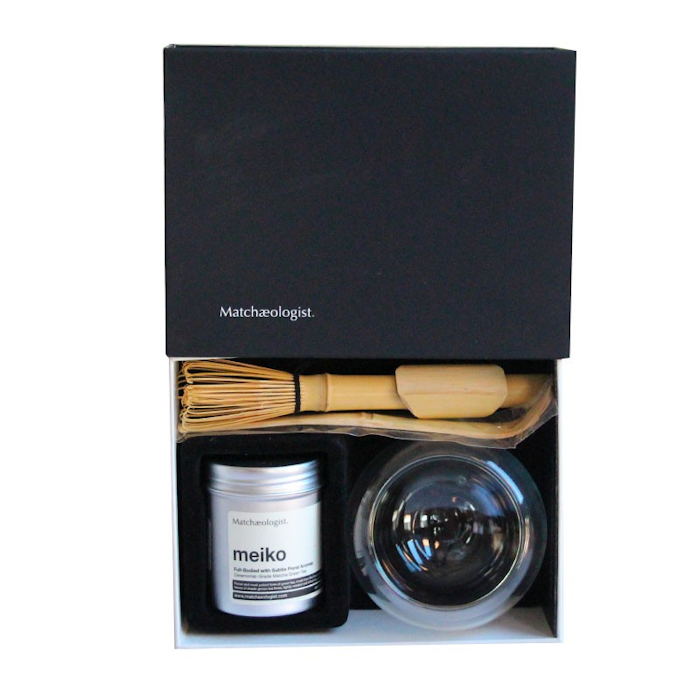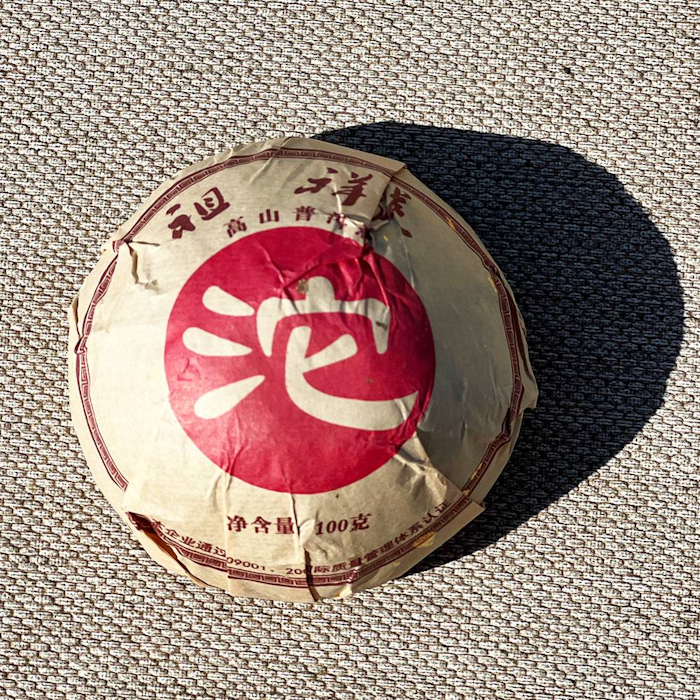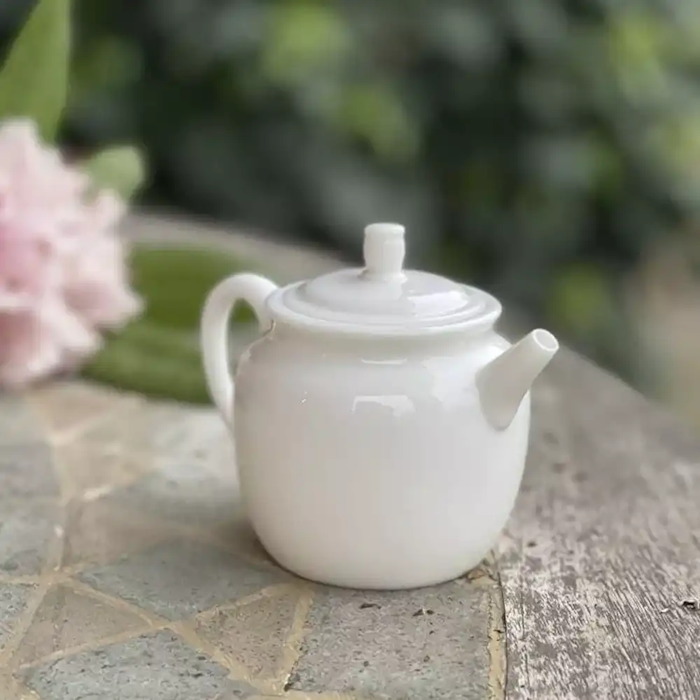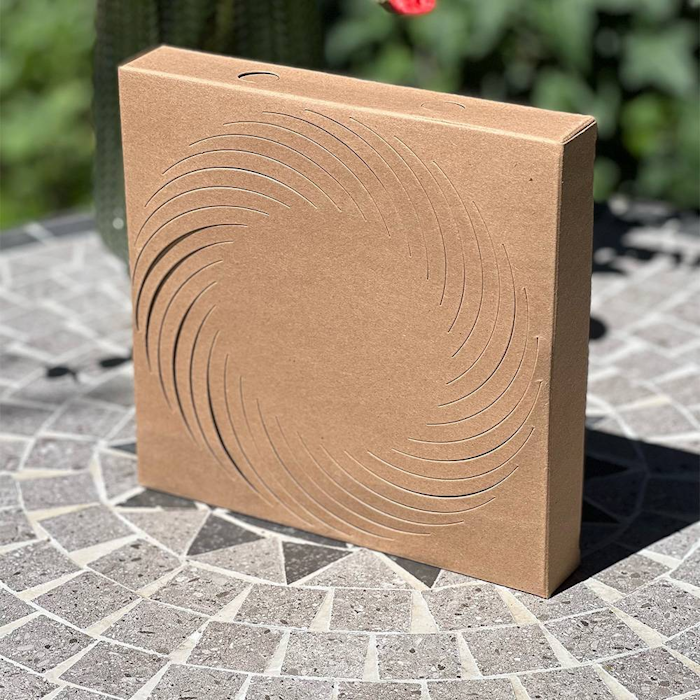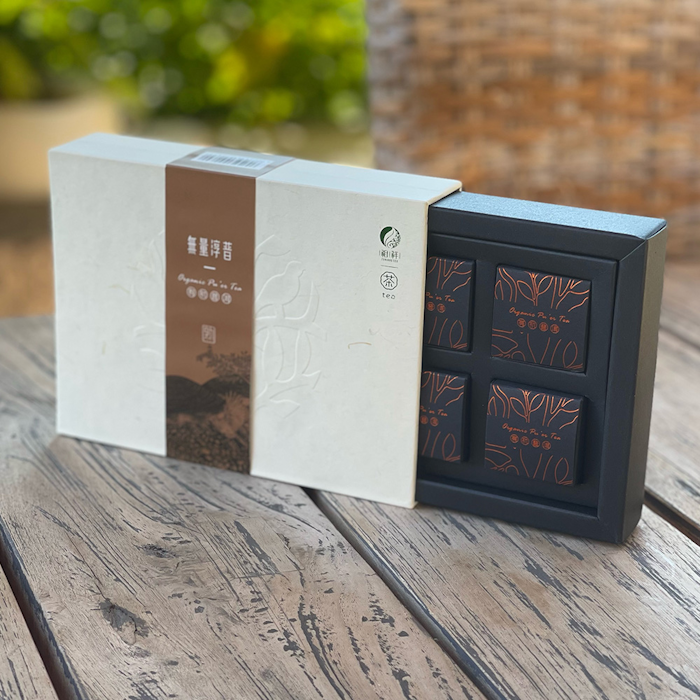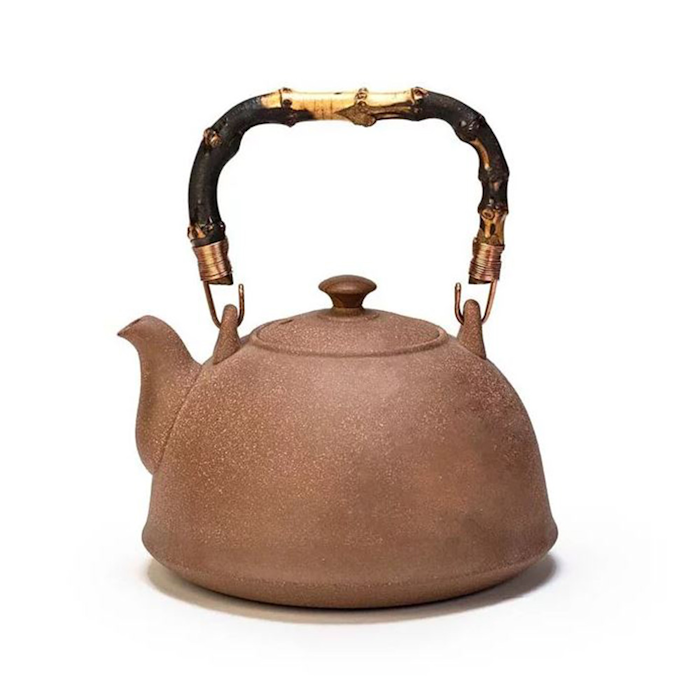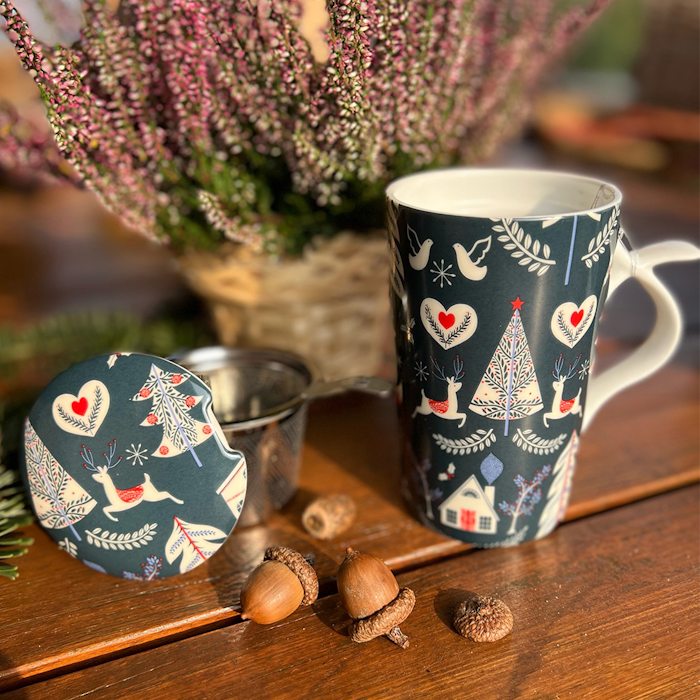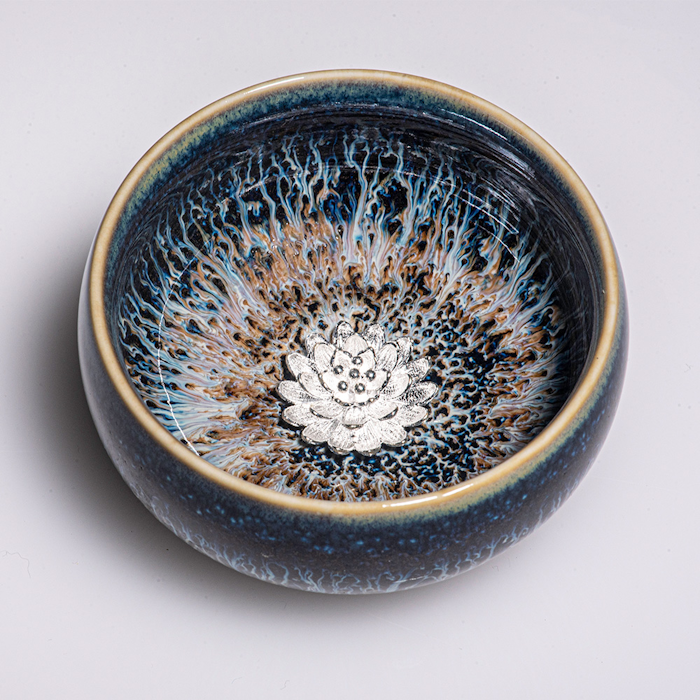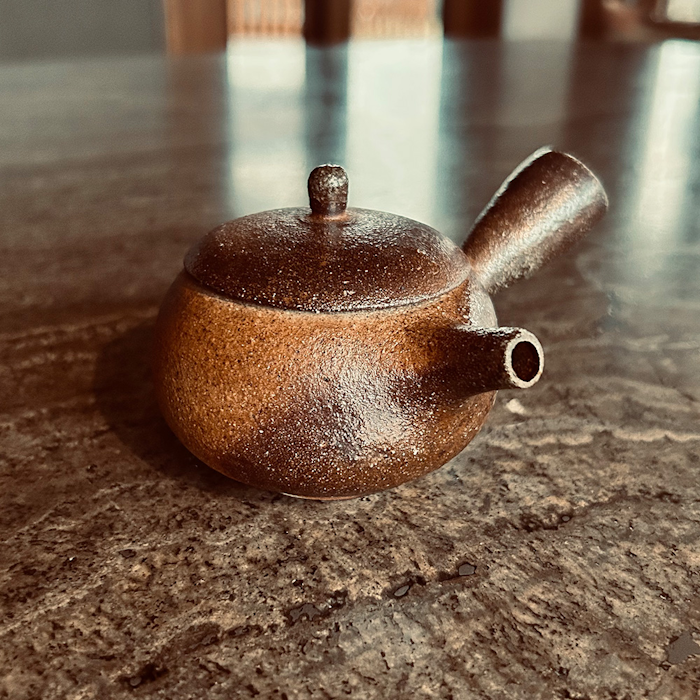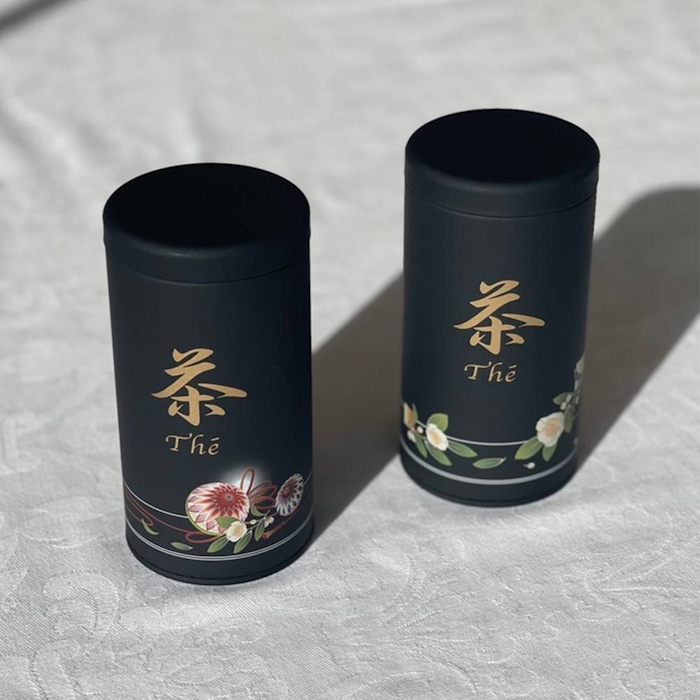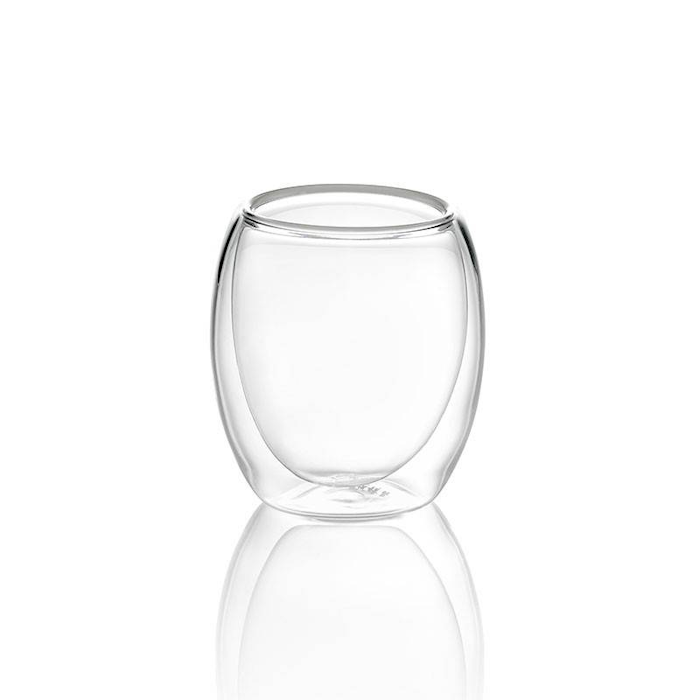The Smoked Red Lapsang Souchong Tea is an alternative version to the traditional red tea of the same name originating in the Fujian region of China.
The great geographical difference between this product and its respective Chinese reference leads to having a slightly different leaf type and processing in comparison with the classic standard. In fact, looking at this tea one can see that the leaves used here are somewhat larger than those produced by the camellias in Fujian. In addition to this difference there is another factor related to processing that will affect the flavor of the infusion of these leaves. Again according to tradition, in fact, Lapsang Souchong should be smoked using pine wood fumes but in this Taiwanese case other evergreen trees that are easier to source locally have been used.
The differences mentioned above have such an impact on the flavor profile of this tea that the tasting experience differs from that obtainable with traditional Chinese red Lapsang Souchong tea. In particular, the infusion, at the first few sips, will not immediately reveal its full smoky character but will begin with slight citrus acid notes. This acidity will slowly intensify as the smoky character and a very pleasant wood tone will emerge without giving any astringent sensation. Finally, in the aftertaste there will be a slightly pungent vegetal flavor due to the Taiwanese cultivar that will be slightly reminiscent in rosemary.
Location of origin
Taiwan
Production
After harvesting, the leaves are left to wither in the sun for a certain amount of time depending on the producer before moving on to the folding stage. The leaves are then folded and rolled so that the juices inside are stirred and the oxidation process can begin. For this tea, the leaves are exposed to a gradual increase in temperature during oxidation, and once the leaf reaches its typical brown color, the product is then smoked using charcoal. After a few rounds of cooking and a few days of resting, the tea is ready to be consumed.
Preparation
We strongly recommend infusing this tea in the traditional Chinese method (gong fu cha) to best enjoy these leaves. Following this preparation, 5 grams of leaves (about 3 teaspoons) can be used in a gaiwan of about 100 ml to obtain multiple infusions with different tastes. After a quick rinse of the leaves in water at 95°C, an initial infusion of 10 seconds can be made, after which, keeping the water at the same temperature, the time can be increased each time by 5 seconds from the previous infusion (10 - 15 - 20...)
This tea has a longevity of about 7 infusions.
For a classic preparation according to the Western style we recommend 2 grams of leaves (about 1 teaspoon) in a 150 ml cup with water at 95°C for an infusion time of one and a half minutes.
The tea can be filtered for ease when tasting, and also the infusion times given here above are meant to be purely indicative so you can also adjust according to your personal taste.
We recommend storing in a cool, dry place away from direct sunlight.








